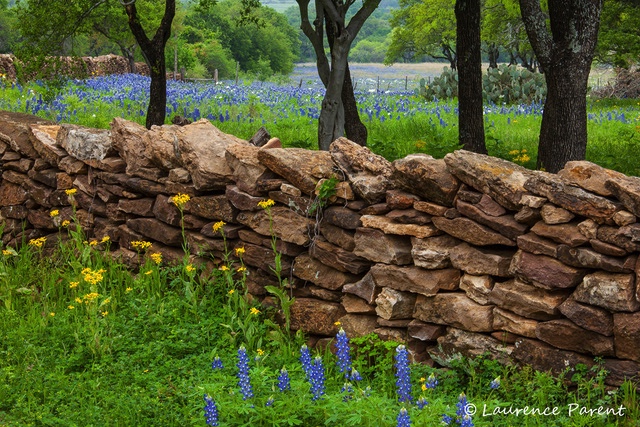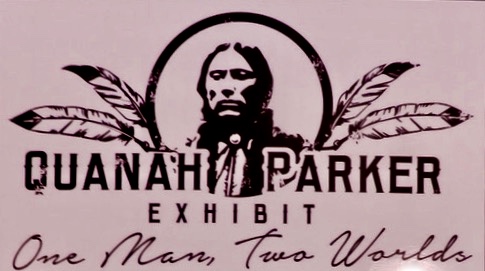
The Comanches were known as the Lords of the Plains and were regarded as perhaps the most dangerous – certainly the most feared – of the American Indian tribes in the advancing frontier. They not only stymied the Army’s effort to contain them, but they were the reason the Spanish Empire stopped expanding northward and the reason the Texan Republic stopped expanding westward.
In 1836, a 9-year-old pioneer girl named Cynthia Ann Parker was kidnapped during a Comanche raid in North Texas. She was strapped onto the back of a horse and taken north into the Plains where the powerful Comanches lived.
Parker became a ward of the chief and, later, a full member of the Comanche nation. She eventually married the highly respected chief Peta Nocona and gave birth to three children, including Quanah, who was born around 1845. He would grow up to become the last and greatest Comanche leader.
In 1849, in response to settler concerns about the growing number of Indian attacks, the US Army established Fort Worth, Texas, as an outpost along the Trinity River. It was one of eight forts assigned to protect settlers.
In early 1860, after Parker’s father was killed by Texas Rangers, young Quanah moved west, where he joined the Kwahadi (sometimes spelled Quahadi) branch of the Comanche. Parker proved an able leader, fighting with the Kwahadi against the spread of white settlement.
But by the end of the 1860s, the men who had won the Civil War for the Union were now running the country. President Grant, Commander of the US Army William Tecumseh Sherman, and General Philip Sheridan were determined to end the Comanche threat. In 1875, the relentless Red River campaign finally subdued the Comanche with overwhelming force. Parker and the Kwahadi ultimately surrendered and moved to reservation lands in Oklahoma.
In his new life, Parker quickly established himself as a successful rancher and investor. The government officials he had once fought soon recognized him as the leader of the remaining Comanche tribes.
Parker encouraged Indian youth to learn the ways of white culture, yet he never assimilated entirely. He remained a member of the Native American Church and had a total of seven wives.
The respect Parker earned is evident in the Texas Panhandle town of Quanah. There, by the Hardeman County Courthouse, stands a monument to the town’s namesake: Quanah Parker, chief of the Comanche.
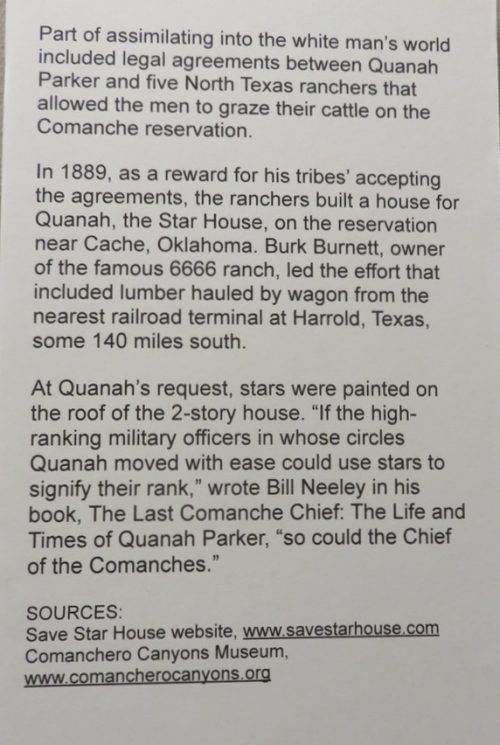
For More about Quanah Parker
The Quanah Parker Trail is an online road trip guide to the Texas Plains Trail Region featuring sites with a real or legendary connection to the famous chief.
Star House, Parker’s home in Cache, Oklahoma, is listed on the National Register of Historic Places.


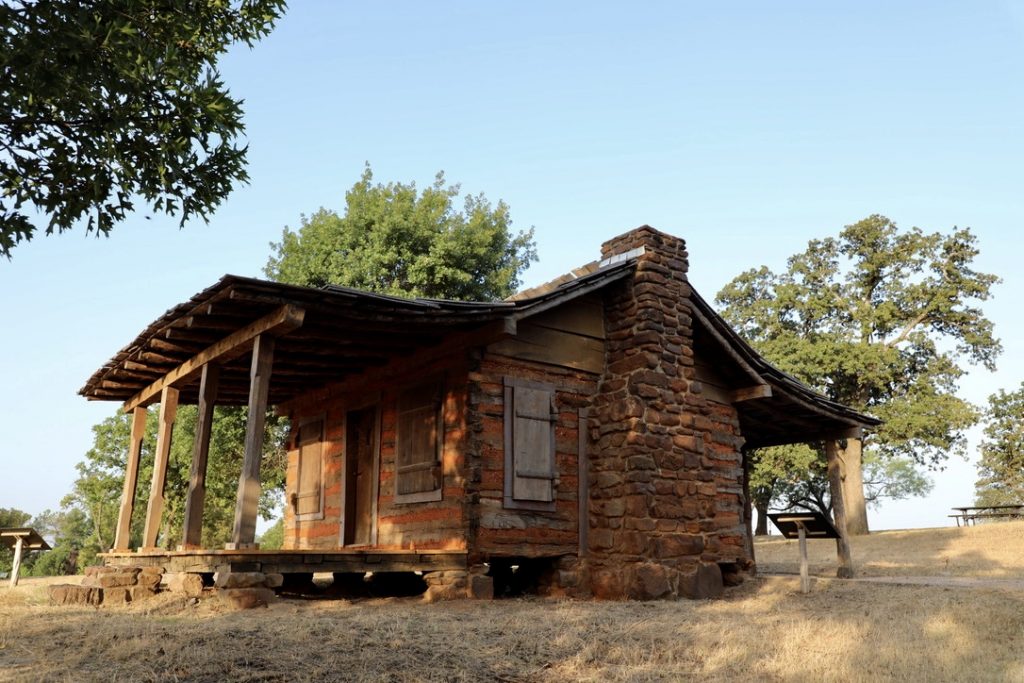
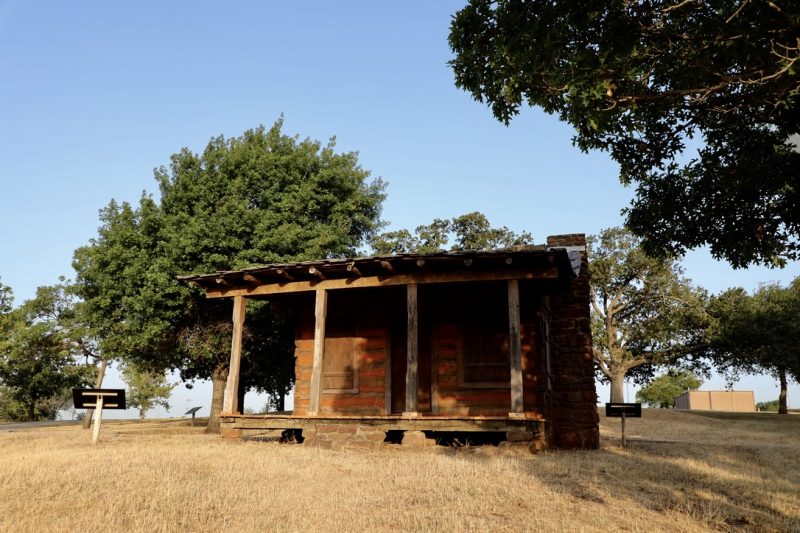
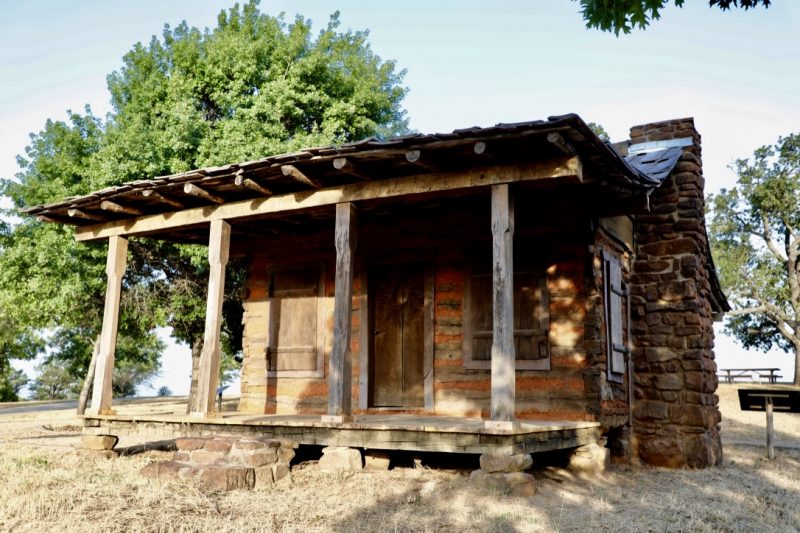
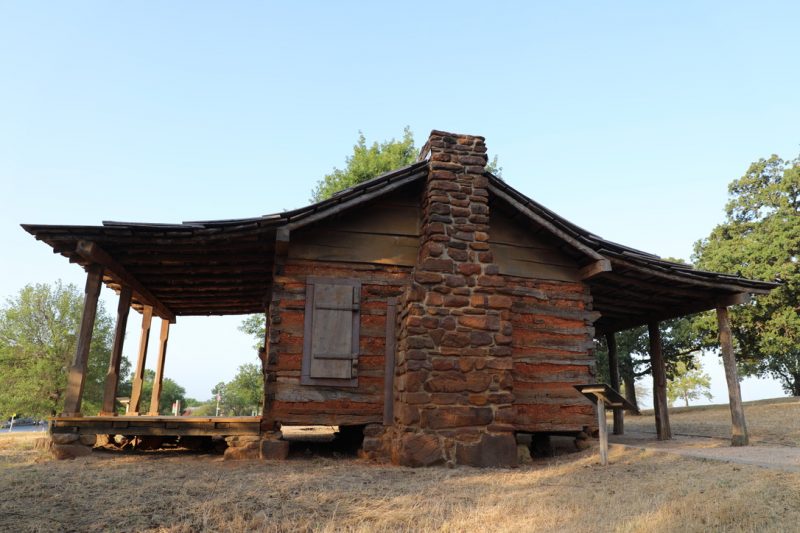
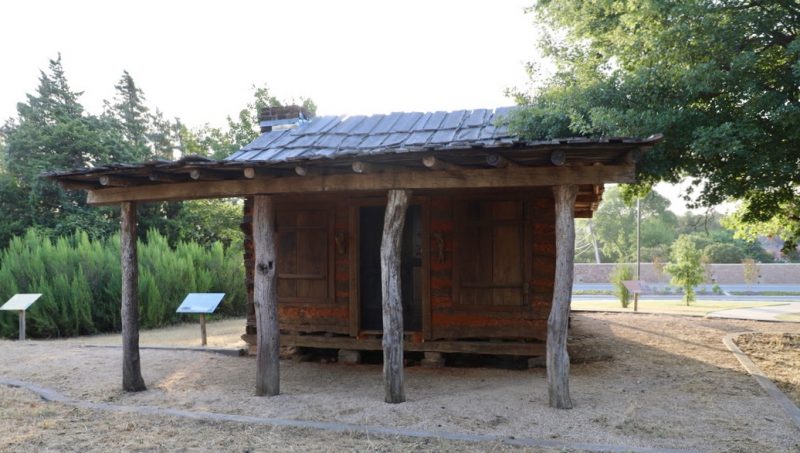
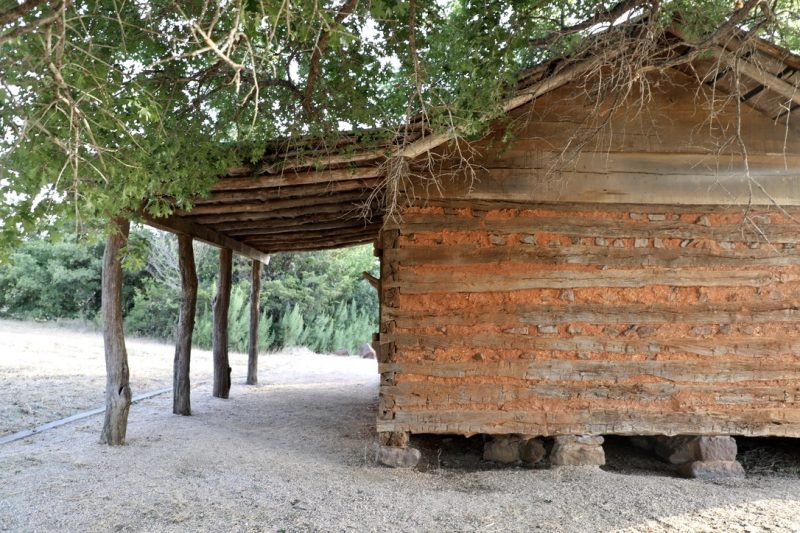
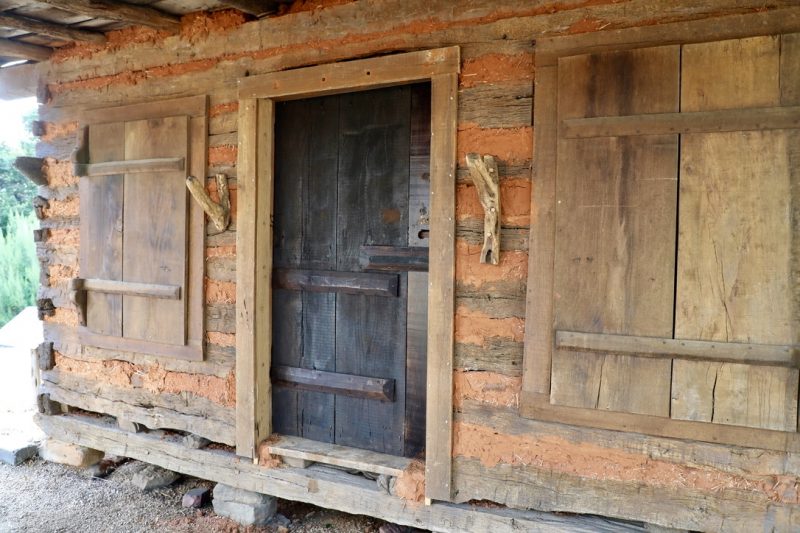
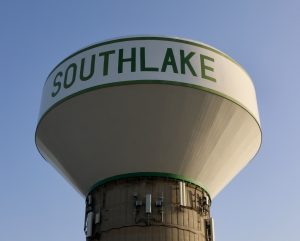 Also interesting is that the house sits next to Bunker Hill, which settlers used as a lookout point, and Blossom Prairie, where wagon trains heading west camped. At the end of this file, read the Log House Blog detailing the building of the log house.
Also interesting is that the house sits next to Bunker Hill, which settlers used as a lookout point, and Blossom Prairie, where wagon trains heading west camped. At the end of this file, read the Log House Blog detailing the building of the log house.
